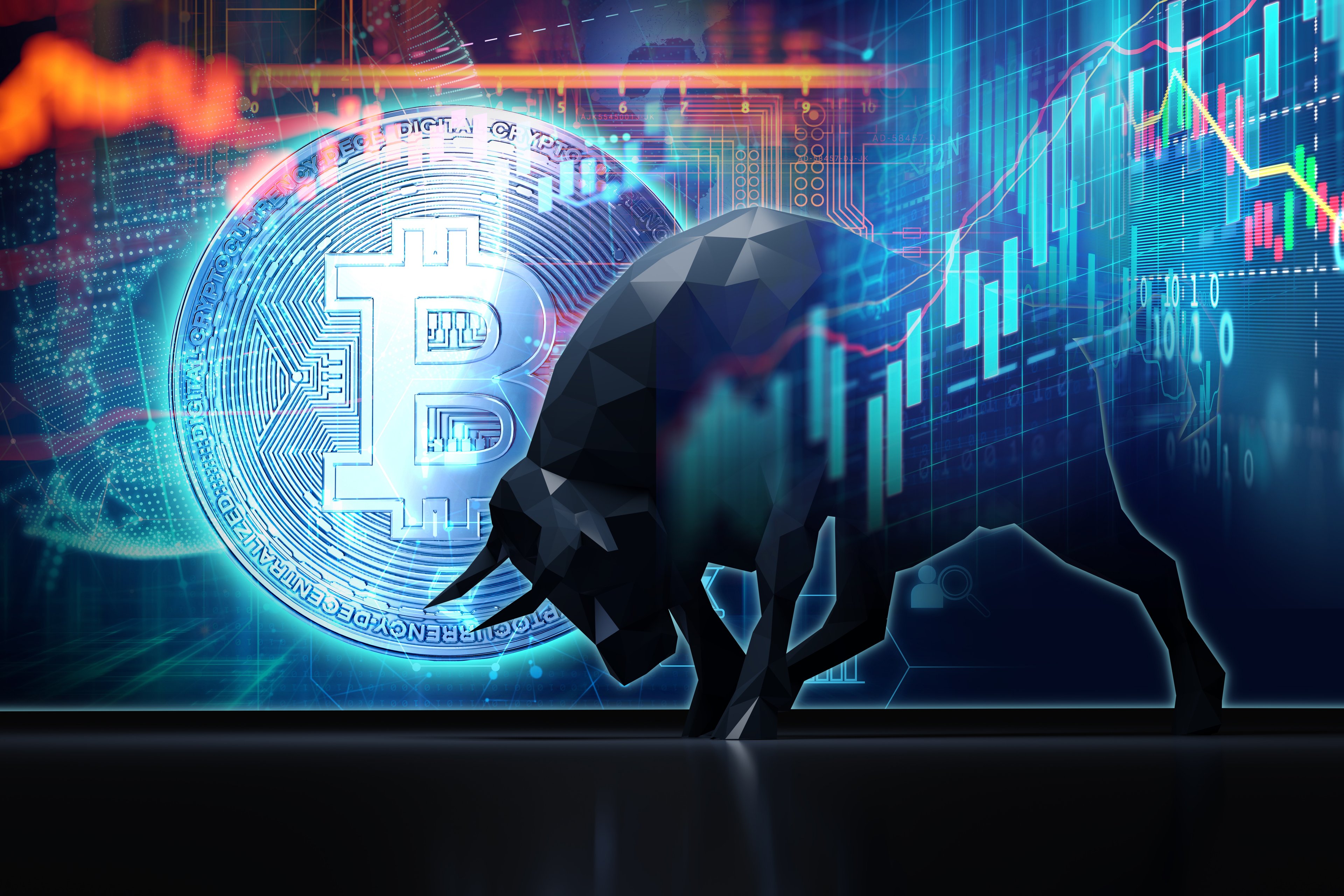XRP (XRP +1.41%) and Ethereum (ETH +0.64%) have always been very different beasts. One is a payments chain with compliance baked into its DNA; the other is the original smart contract workhorse. Yet in late June, XRP gained access to a pool of one of Ethereum's most valuable resources -- its large population of developers.
Let's explore why that crossover could send XRP's long-term growth prospects into overdrive.

Image source: Getty Images.
This new sidechain is a huge unlock
For years, one key issue was that any developer who wanted to make smart contracts or decentralized apps (dApps) on XRP's chain would need to learn a different technology stack.
But, with the latest update to the XRP Ledger (XRPL), Ripple, the company that issues XRP, answered this issue with the launch of its Ethereum Virtual Machine (EVM) sidechain. It went live on the mainnet on June 30, delivering full Ethereum-compatible smart contract support to the XRP universe.
Out of the box, the sidechain lets coders deploy smart contracts on XRP with the same toolkit they use on Ethereum. That means that porting an existing decentralized exchange (DEX) or lending protocol to XRP is almost a copy-and-paste job. In such a situation, XRP itself serves as the native gas token to pay user fees, while a bridge protocol ferries assets between the sidechain and XRPL's main net, so the existing liquidity on the chain stays reachable.

CRYPTO: XRP
Key Data Points
This solution is ingenious because it preserves XRPL's ultra-cheap, near-instant payment rails and compliance features, while insulating the core network from the heavier computation and potential exploits that come with generalized smart contracts. It also makes siphoning skilled smart contract developers from Ethereum extremely easy. So getting at least some of them to contribute to the XRP ecosystem instead of Ethereum is practically a given, especially if more capital is made available for their purposes.
Still, no rose is without thorns.
Bridges remain a favorite attack vector for hackers, and fragmenting liquidity across a sidechain can dull network effects if users refuse to hop over or if the friction of transiting capital from the main net to the sidechain or vice versa is too burdensome.
Developers are the real story here
The beneficial effect of XRP gaining access to Ethereum's developer community is hard to overstate. This is an enabler for XRP's ecosystem to grow over time, sending the chain's value skyward along the way.
Numbers tell the story. As of late July, the Ethereum ecosystem boasted about 5,866 monthly active developers. In contrast, XRPL's community sat near 2,800 active contributors as of June.

CRYPTO: ETH
Key Data Points
Assuming a modest 5% of Ethereum's builders decide that porting to XRPL EVM is worth a weekend hackathon to set up a new project, that's roughly 293 fresh minds working on the chain, or a significant 10% bump to XRPL's current monthly developer base. At least some of them will come back and build something again in the future, especially if there's another round of grants issued by Ripple that encourage them to do so. More realistically, if the sidechain matures and eventually captures 10% to 15% of Ethereum's developers, XRP could expand its builder cohort without spending a dime on recruitment.
Why does that matter for investors? Developer activity correlates strongly with network value creation. More developers on the chain mean more apps, more users, more transaction fees, more innovative decentralized finance (DeFi) projects, and ultimately more demand for the native token used to pay those fees.
There's also a competitive twist here. Every engineer tinkering on XRPL's EVM is one less full-time builder working on projects that would run on Ethereum. While Ethereum certainly enjoys tremendous inertia as well as deep liquidity, developers are famously pragmatic, chasing lower fees, easier onboarding, and fresh user bases. XRPL can now offer all three.
None of this guarantees that XRP will go to the moon, of course. Ethereum is hardly standing still, and it's the single most popular destination for developers for more than one reason.
Yet the upside here is hard to ignore. XRP currently trades at about 40% of Ethereum's market cap, but it just unlocked access to the same talent reservoir. If even a sliver of that talent shifts, the ecosystem's growth curve could steepen sharply, providing a fresh fundamental pillar for long-term bullish theses.
For investors, the launch doesn't rewrite XRP's risk profile overnight, but it meaningfully improves its upside-to-risk ratio. Long-term holders now have a new catalyst to watch in the form of developer traction, while prospective buyers have a new and quantifiable reason to start nibbling.





